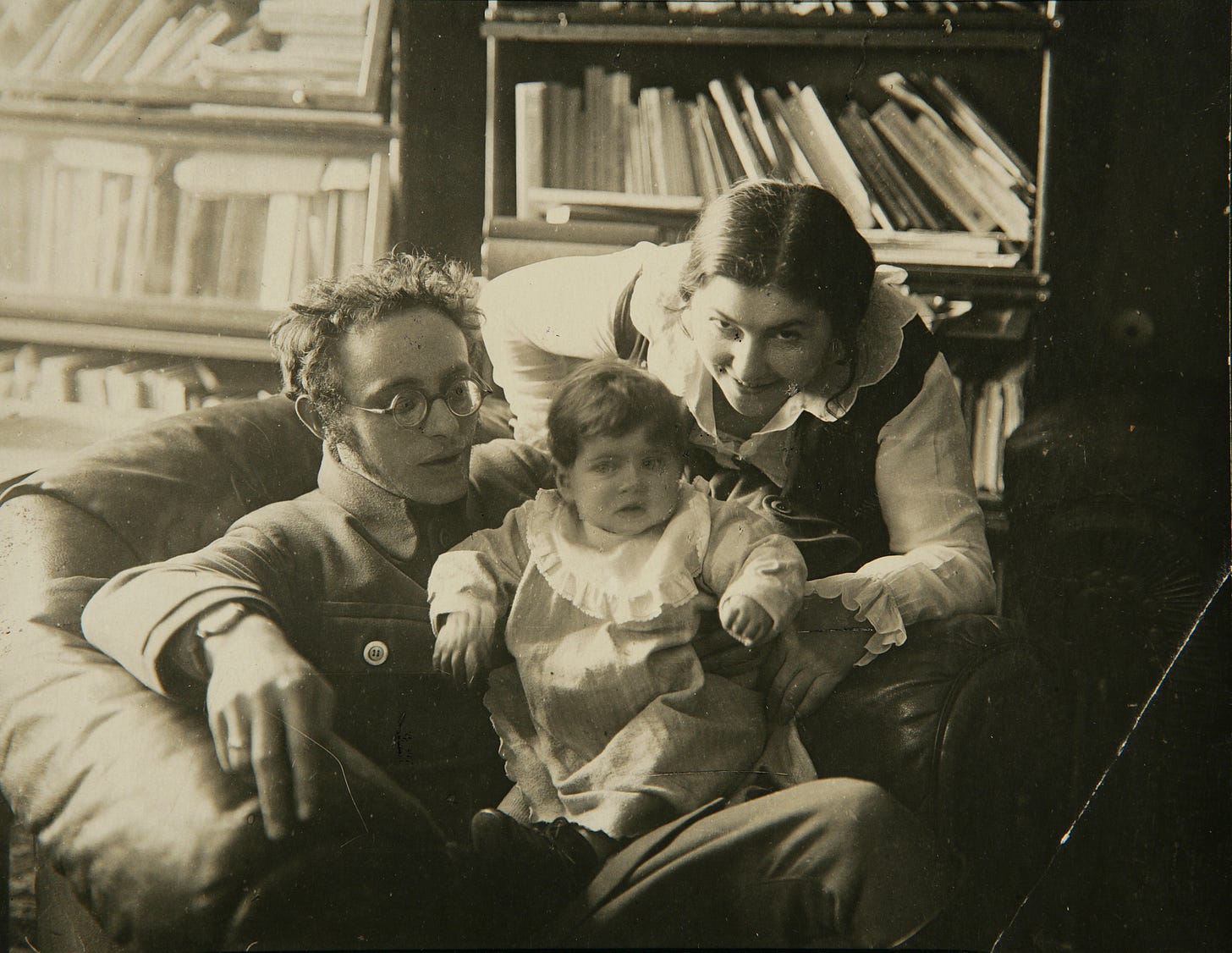The Revolution Is Not a Political Joke
In her memoir “Hope Against Hope",” Nadezhda Mandelstam mentions Karl Berngardovich Radek as one of the main creators of political anecdotes in Stalin’s Soviet Union. She doubts that he was the only one, as the joke undergrounf production did not stop asfter his death. I’m reading Stefan Heym’s novel “Radek” published in 2022 in English translation by Monthly Review Press. It is a fascinating reconstruction of Lolek Sobelsohn’s biography. A genuine internationalist, a member of what Hannah Arendt identified as the transnational European “peer group” (“On Revolution,” Harcourt Brace, 1968, p. 40), he accompanied Lenin on the train which brought the Marxist Machiavellian revolutionary Vladimir Ilich Lenin to the Finland Station in Petrograd in April 1917. Radek’s great love was Larisa Reisner, an idealistic Bolshevik (a disappearing species) who died in 1926. Married between 1918-192 to Fyodor Raskolnikov, who later served as ambassador to Bulgaria, defected in 1938, and died, in 1939 in France.
Between 1916-1917, Larisa had stormy love affair with poet Nikolai Gumilyov, Anna Akhmatova’s first husband, executed for participation in an alleged monarchist conspiracy in 1921. The couple’s son, Lev Gumilyov, was arrested several times under Stalin’s later became a main theorist of Eurasianism, one of tge ideologcal sources of Putinism. Radek’s last publicappearance was at the Second Moscow Show Trial in 1937. Those spectacular exorcisms were performative acts of what I call, echoing French historian Annie Kriegel, the diabolical pedagogy. Before his arrest in 1936, Radek was a columnist for the government daily “Izvestia” and an arduous Stalin apologist. He resided with his wife Roza and their daughter Sonia in the notorious House of Government. Berkeley historian Yury Slezkine wrote a masterful book about the gigantic building on the Moscow River embankment. He mentions that Radek had a dog named Chort (Devil). The tortuous paths of life and fate…
“Karl Bernardovich Radek (thirty-five years old) could, as we used to say, only speak his own language — the accent he used to express himself in all the others was so incredibly bad. A Galician Jew, he had grown up in the Socialist movements of Galicia, Poland, Germany, and Russia, all at the same time. He was a sparkling writer, with an equal flair for synthesis and for sarcasm. Thin, rather small, nervous, full of anecdotes that often had a savage side to them, realistic to the point of cruelty, he had a beard growing in a fringe around his clean-shaven face, just like an old-time pirate. His features were irregular, and thick tortoiseshell spectacles ringed his myopic eyes. His walk, staccato gestures, prominent lips, and screwed-up face, every part of which was continually expressive, all had something monkey-like and comical about them.”
— Victor Serge, Memoirs of a
Revolutionary (1947). Pg. 159.
See also:
https://thecharnelhouse.org/2014/12/24/karl-radek-bolshevik-revolutionary/





